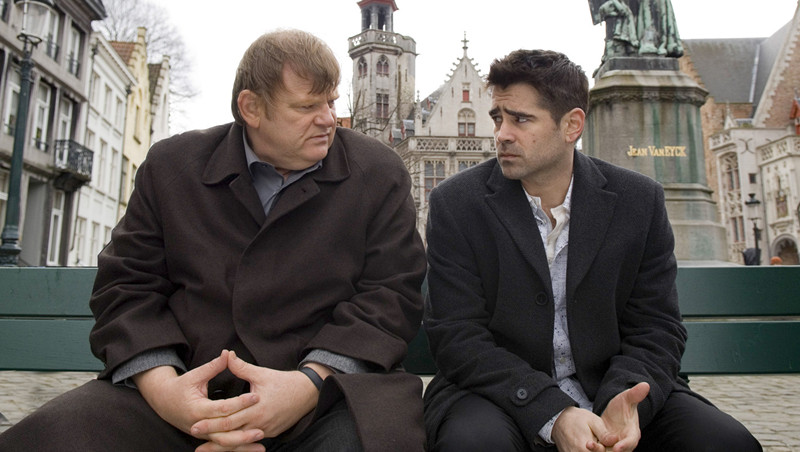
Walking the fine line between comedy and drama has always been a natural way of picturing life’s mood swings on screen. Thus it comes as no surprise that dramedies are one of the most prevalent merges of movie genres.
Distinguishing comedy-dramas from films not easily regarded as such is certainly not the simplest task in the world, because, despite the filmmakers’ initial aspirations, or the critics’ and the promotion companies’ labelling efforts, it all comes down to each viewer’s personal taste and overall feel for a specific work of art.
That is why, in an attempt to deal with any genre eligibility issues arisen, there is a separate section at the end of the list in which some great movies not unanimously accepted as comedy-dramas are mentioned.
So, without further ado, here is an extensive selection of great movies that combine the contrary worlds of comedy and drama in various proportions; exclusively, or with a few touches of other genres in the mix, too. All entries are mentioned in chronological order.
1. The General (Buster Keaton, 1926)
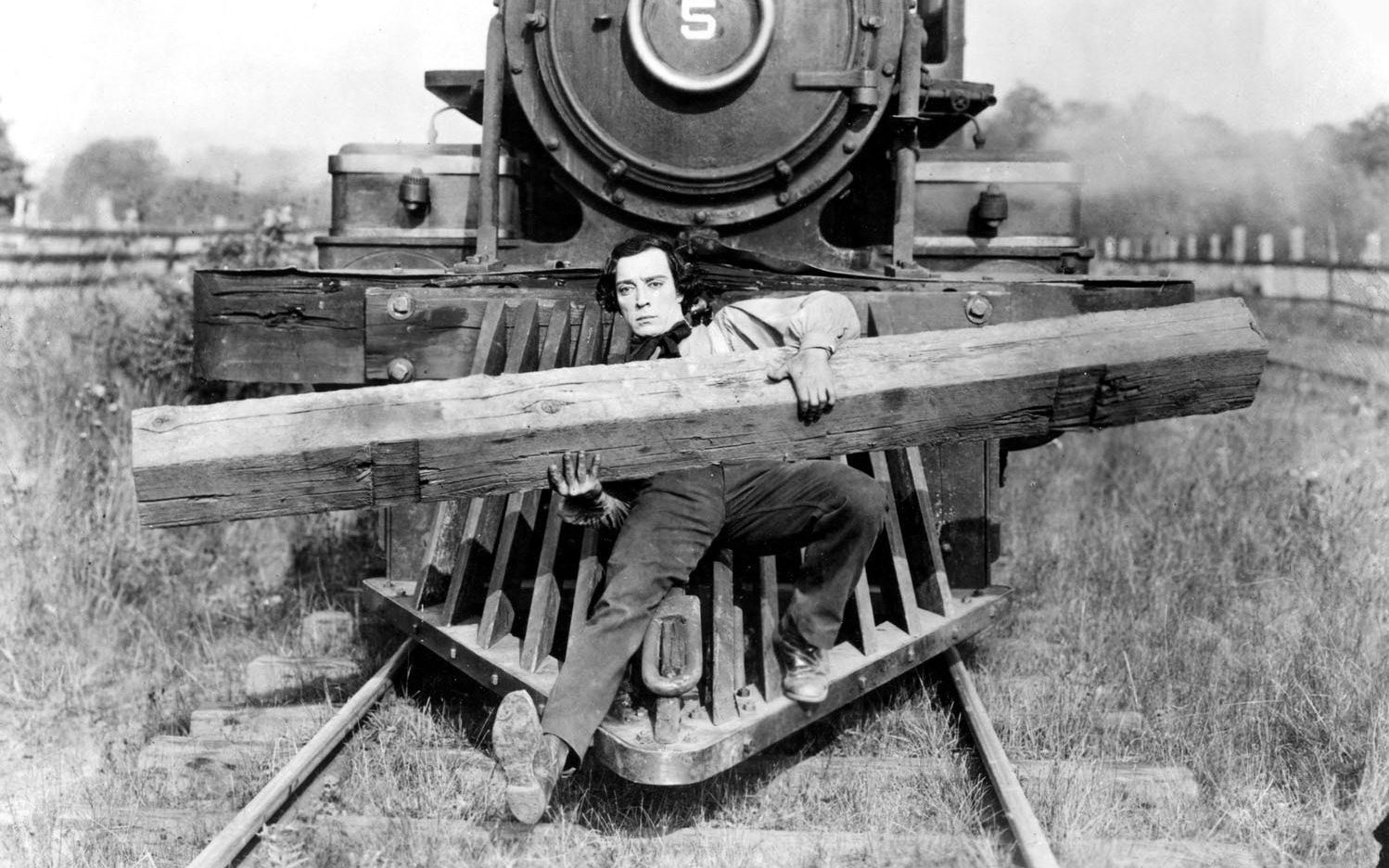
One of the most important American silent films ever, “The General” is inspired by a real-life raid that took place during the first stages of the American Civil War (“The Great Locomotive Chase”), but neither refers to any actual persons, nor aims to recreate the exact historical occurrences.
A train engineer’s endeavor to enlist in the Confederate Army so that he satisfies his fiancée’s request is what sets the basis for the events to come. As the story progresses, he strives to save the two biggest loves of his life, Annabelle, his fiancée, and “The General”, his locomotive. The fast pace of the action and the risky stunts that Keaton executed throughout the movie place him in a league of unmatched all-around artistry. At the same time, his facial expressions define comedy-drama in a nutshell.
Other Keaton comedy-dramas worth checking out: “Steamboat Bill Jr.” (1928).
2. City Lights (Charlie Chaplin, 1931)
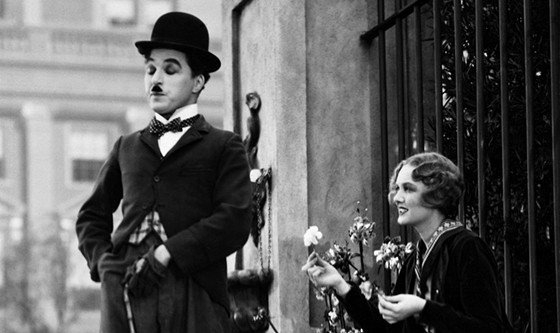
Another one of the rare do-it-all cinema greats, Charlie Chaplin is responsible for the creation of the most iconic and beloved screen persona of the silent era, the Tramp.
In “City Lights”, which is often regarded as Chaplin’s best movie, the Tramp becomes an important companion to two people who are in need of him, despite the fact that they are incapable of memorizing his figure. One is a desperate wealthy drunkard who strives for friendship, and the other a blind girl the Tramp falls in love with, and tries to become her benefactor.
The Tramp struggles to find ways to earn some money, but he is determined to help his beloved one regain her eyesight no matter the cost… and that’s how we become witnesses of the sweetest type of heroism.
Other Chaplin comedy-dramas worth checking out: “The Kid” (1921), “Modern Times” (1936), and his famous political satire talkie, “The Great Dictator” (1940).
3. The Rules Of The Game (Jean Renoir, 1939)
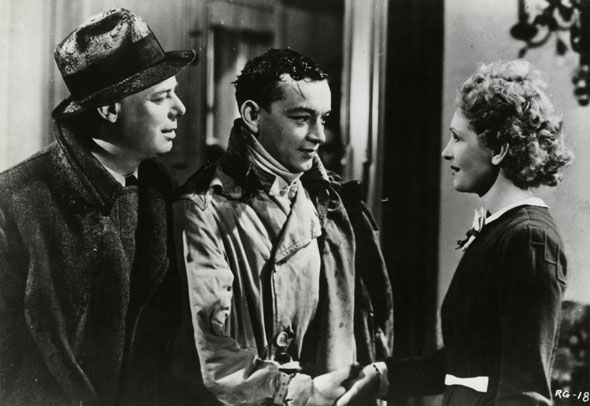
A film that has always been praised as one of the greatest of all-times, “La Règle Du Jeu” is a beautifully shot drama-comedy of manners which depicts the morals of the bourgeois life on the eve of World War II.
The plot centers around one weekend in a country manor house in Sologne, France, where several upper-class couples and bachelors have gathered to enjoy some seemingly carefree moments.
From the get-go, the key characters – either the aristocrats or their servants – speak out about their romantic entanglements, and remain in constant collision course, providing a tone of total emotional senselessness. Some of the performances – including Jean Renoir himself in the role of Octave – stand out, while there are some particular scenes that remain influential for their fluid camerawork and use of deep-focus photography.
Other Renoir comedy-dramas worth checking out: “French Cancan” (1954).
4. A Matter Of Life And Death (Michael Powell & Emeric Pressburger, 1946)
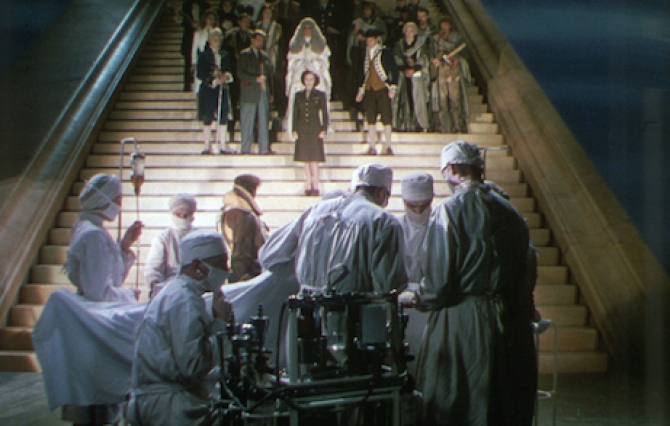
Another colorful – literally speaking – creation of the brilliant duo of the Archers, “A Matter Of Life And Death” (aka “Stairway To Heaven”) is one of the most cleverly written romantic fantasy films ever.
A British Royal Air Force pilot forms a short but intense bond with a young female radio operator on the other side of the line, moments before being forced to abandon his crewless aircraft by jumping without a parachute to certain death. Due to a mistake made by the pilot’s appointed escort to the Other World though, certainty of death becomes uncertainty, and a strange interaction between two worlds begins.
Other Powell and Pressburger comedy-dramas worth checking out: “The Life And Death Of Colonel Blimp” (1943).
5. Le Plaisir (Max Ophüls, 1952)
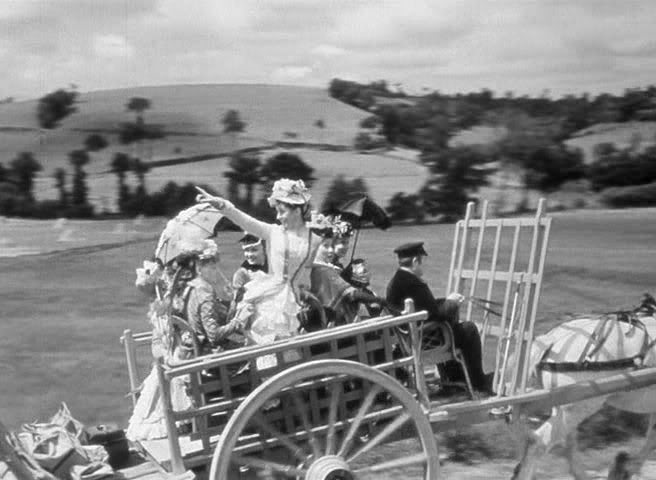
A black-and-white visual masterpiece, “Le Plaisir” is an anthology of three short stories associated with pleasure, all written at the end of the 19th century by Guy de Maupassant.
As in most of Ophüls’s works, the camera work is vivid and technically virtuosic, and the whole film is pretty much concise and well-balanced. The themes of age denial, togetherness of all social groups when in need for well-being, pure intentions in spite of sinful professions, uncommon romances, idolization of the other half when being in love, and guilt-driven love are beautifully emphasized throughout the film.
Other Ophüls comedy-dramas worth checking out: “La Ronde” (1950).
6. I Vitelloni (Federico Fellini, 1953)
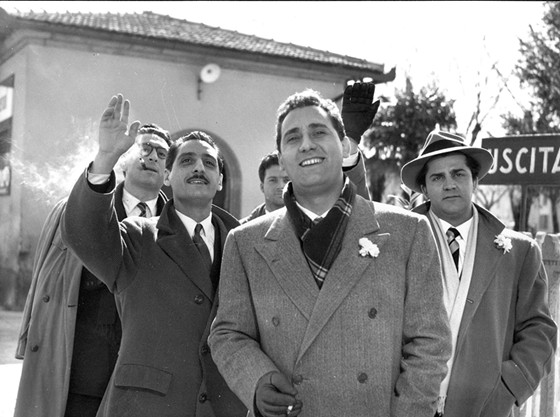
Before reaching legendary status in the 60’s, Federico Fellini consolidated his reputation as a much promising newcomer with one of his finest and most personal films, “I Vitelloni”, which means “the immature youngsters” (the exact translation is “the big calves”).
It is basically a coming-of-age story of five friends – all but one in their early twenties – set in a provincial Italian town. Each one of them may have different dreams for their respective future, but the love for being pampered and not employing themselves, along with their propensity to carry out disturbing escapades, is what separates them from the other members of the middle-class society of the time.
The film inspired many European and New Hollywood directors of later decades, and is cited as one of the favorite movies of both Stanley Kubrick and Francis Ford Coppola.
Other Fellini comedy-dramas worth checking out: “La Dolce Vita” (1960), “8 ½” (1963), and “Amarcord” (1973).
7. The Apartment (Billy Wilder, 1960)
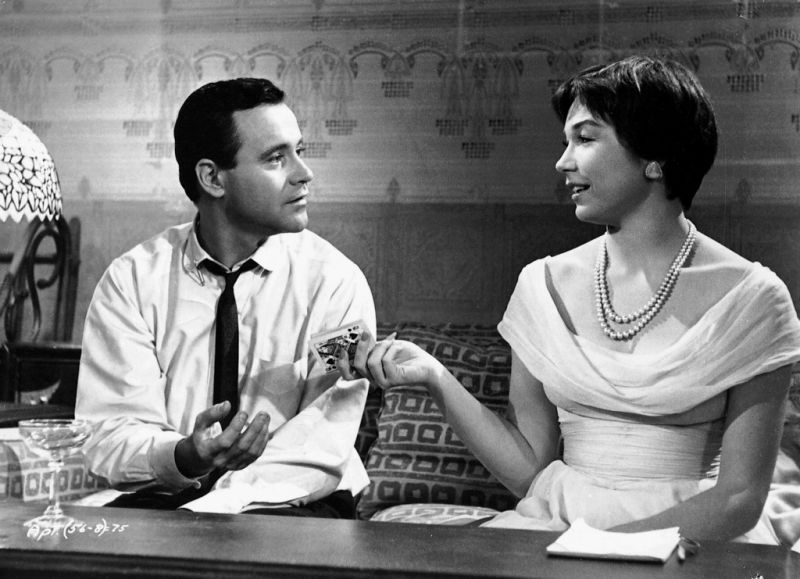
“The Apartment” is among the most celebrated pictures in the broad catalog of Billy Wilder, due to the exquisite writing and the superb performances of the cast (the pairing of Jack Lemmon and Shirley MacLaine in particular is one for the ages).
Wilder makes great use of the contrast between some stereotypical personas and conditions of the corporate New York City of that period, but goes beyond the ordinary by portraying his characters as cynics who have learnt to connive with ease, in order to defend their best interests. This way the whole scenario serves as a crafty satire on capitalism.
Other Wilder comedy-dramas worth checking out: “Stalag 17” (1953).